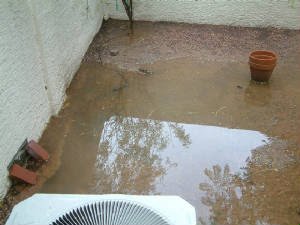What is Spalling? - Regarding Concrete Foundations
What is Spalling? - Regarding Concrete Foundations
Spalling is a very common structural issue that affects a variety of different structures, ranging from bridges to car parks and even concrete retaining walls. Unfortunately, it’s also one of the most common issues that is misdiagnosed and/or ignored, leading to further damage to a structure as well as potentially placing people at risk of injury due to falling debris or trip hazards. This is particularly true if the structure in question is located within an area that’s regularly used by pedestrians.
Essentially, spalling is where the surface of a concrete structure begins to erode and expose the aggregate underneath. This can occur for a number of reasons but is most commonly caused by water infiltration. This can be through cracks or the tiny capillaries and pores that exist in all concrete structures. It may also be due to the fact that concrete hasn’t been mixed or cured properly after being laid, or it could be a result of poor construction practices such as inadequate drainage or excessive concrete cover.
Once the water has infiltrated a concrete foundation, it starts to expand when it freezes, creating internal pressure that stresses the surface of the concrete. As the pressure rises and falls throughout the winter, this can lead to spalling, especially when a large area of the surface is exposed.
While spalling is can be associated with concrete structures that have been subject to fire, it can also be a consequence of other factors such as poor construction, inadequate drainage, or even a change in the ground water table. It can also be caused by corrosion of the steel reinforcement bars within a concrete structure, which in turn causes them to expand and exert stress on the surrounding concrete.
In some cases, the deterioration of the concrete is slow enough that it can be spotted visually. Symptoms include flakes, pits or fissures in the concrete that expose the coarse, pebble aggregate underneath. If left untreated, spalling can worsen to the point that a home’s foundation begins to shift and sink.
Fortunately, spalling is easy to repair once the cause of the problem has been determined. In most cases, a concrete patch can be applied to the affected areas of the concrete. This will help to reduce the amount of exposed aggregate, protect it from further deterioration, and restore the integrity of the concrete. It’s important that any patches are carefully selected to ensure the best results, and it’s always a good idea to ensure that any concrete repairs are carried out by a professional concrete contractor. This will ensure that the rebar is correctly positioned and covered, as well as making sure that the patch is thick enough to provide adequate support to the structure. It’s also a good idea to apply a waterproofing layer after any concrete patch work has been completed, to prevent moisture from infiltrating the concrete again.




